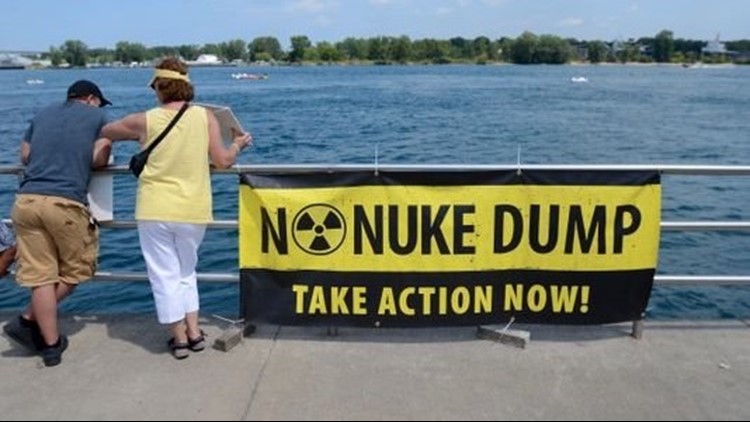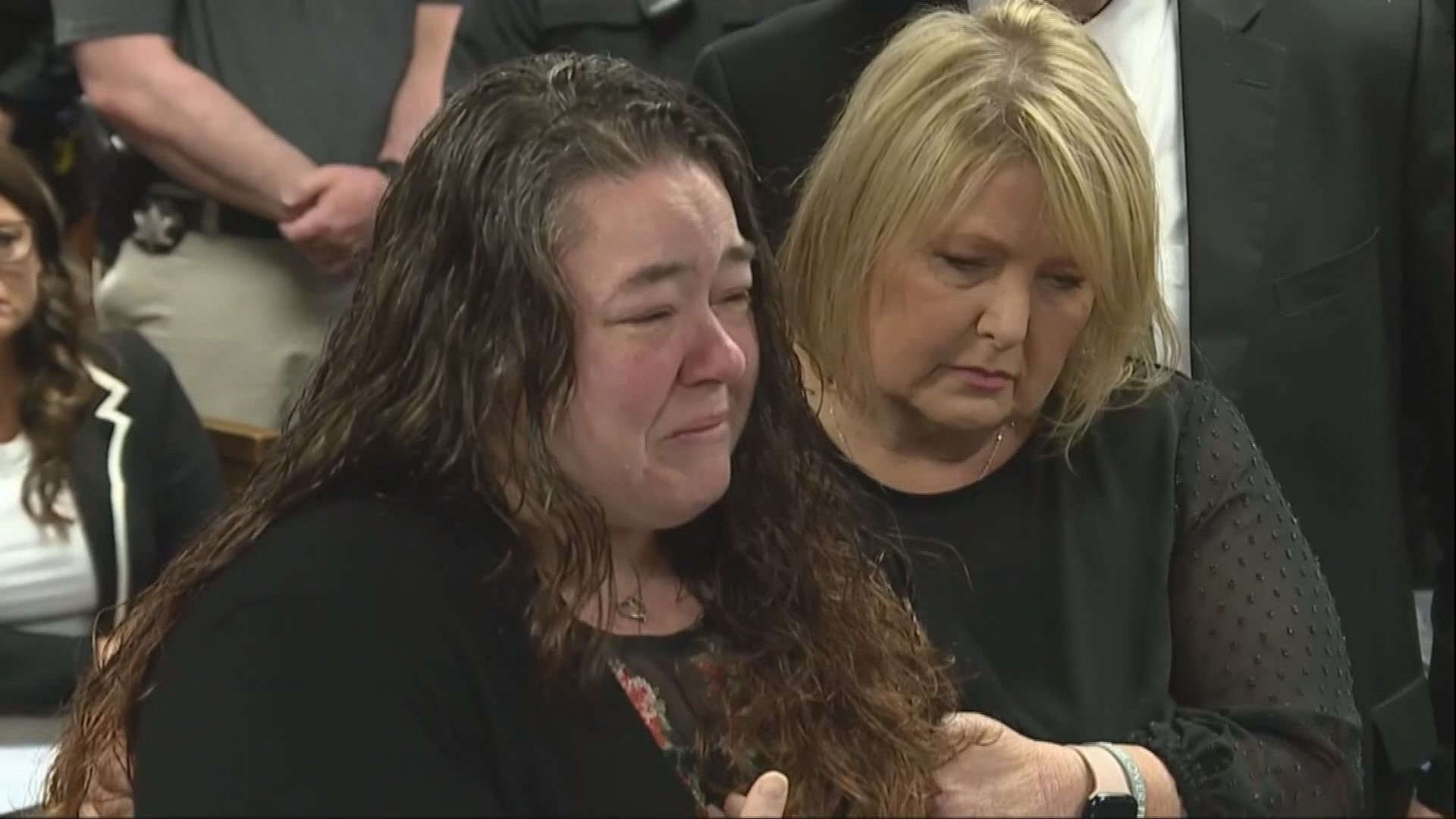A small amount of the most highly radioactive waste on the planet, spent nuclear fuel, is planned for a secretive, highly protected shipment from an Illinois nuclear power plant through Michigan and Port Huron, on its way to Canada.
The plan, made public in filings last month with the federal Nuclear Regulatory Commission, has raised concerns with environmental groups and others.
"I would most definitely be concerned about the fact that they would bring this material through our waterway," Port Huron Mayor Pauline Repp said.
Kay Cumbow, with the nonprofit Great Lakes Environmental Alliance in Port Huron, noted the risk in a release.
“A spill, release or fire here, or near waterways that flow into the St. Clair River, could potentially ruin one of the largest freshwater deltas in the world — the St. Clair Flats — and potentially poison forever drinking water and freshwater ecosystems for up to 40-plus million people of the Great Lakes, including residents of Canada, the United States, U.S. Tribes, First Nations and other indigenous peoples,” she said.
But the owner and operator of the LaSalle County Nuclear Generating Station in Marseilles, Illinois, accused some critics of fear-mongering.
"A routine posting on the Nuclear Regulatory Commission’s website has given a group of nuclear critics an opportunity to spread fear and misinformation to the public with no context," Excelon Generation said in an emailed response to Free Press inquiries.
Company officials said they are participating "in an innovative industry initiative to help explore a safer and more efficient nuclear fuel." As part of that effort, they plan to transport nine nuclear fuel rods, weighing about 5 pounds each, to a testing facility in Canada.
The rods "will be packed into a 24-ton, collision-absorbing and heavily shielded shipping cask," company officials stated.
"This safe and secure shipment will be regulated by the Nuclear Regulatory Commission and transportation agencies and will not impact the public in any way," Excelon officials stated.
The NRC document that touched off the controversy was a nuclear materials transporting company's request for "highway route approval" to transport the spent nuclear fuel from the LaSalle nuclear plant in Illinois through to the "Port Huron, Michigan, Port of Exit" and on into Canada.
The Blue Water Bridge. (Photo: Brian M. Wells/Times Herald)
Viktoria Mitlyng, a spokeswoman for the NRC's regional office in Chicago, said there are currently no large-scale shipments of spent nuclear fuel happening anywhere in the U.S. — because there's nowhere to take nuclear plants' accumulating spent fuel. A proposed central repository in Yucca Mountain, Nevada, has stalled, and other proposed central repositories are also not near completion, leaving the material on-site at nuclear plants in secured storage.
"There are shipments of segments of spent fuel rods; small parts of spent fuel," Mitlyng said. "Usually when that happens, they are sent for scientific research purposes — there are certain types of new fuels being developed, or there is something about the specific fuel bundle that needs to be analyzed."
Relevant state agencies are involved in the process, and help determine the shipping route, Mitlyng said. Information about the shipping route, and when a shipment would take place, are kept secret for purposes of national security, she said. "We don't want that information to fall into the wrong hands," she said.
"(With) the shipment of nuclear material, especially spent fuel, there is nothing that is not organized or planned. It is a very deliberate and controlled process."
But a nuclear industry critic questioned just how safe the process is.
"Even though it’s nine rods, we still have safety concerns," said Kevin Kamps, a radioactive waste specialist with the Maryland-based environmental nonprofit Beyond Nuclear.
"It’s inherently high risk to transport highly radioactive nuclear waste."
The armored casks in which the rods will be transported are "woefully inadequate for real-world accidents or attacks," Kamps said, potentially causing a release if exposed to a hot-enough burning fire for 30 minutes, and capable of being breached with a tube-launched "TOW" missile.
"There's enough radioactivity with nine fuel rods to cause a nuclear disaster in Kalamazoo even with a 40-year-old, anti-tank missile technology, fired as this presumably moves along I-94," he said.
How the nuclear fuel rods will move through Canada, and their final destination, are unclear. Cristina Canas, a spokeswoman for the Canadian Nuclear Safety Commission, Canada's equivalent of the NRC, said a shipment of such highly radioactive material would require a license from the agency. "To date, CNSC has not received an application" for such a shipment from the LaSalle nuclear plant, she said.
Contact Keith Matheny: 313-222-5021 or kmatheny@freepress.com. Follow on Twitter @keithmatheny.
►Make it easy to keep up to date with more stories like this. Download the WZZM 13 app now.
Have a news tip? Email news@wzzm13.com, visit our Facebook page or Twitter.



